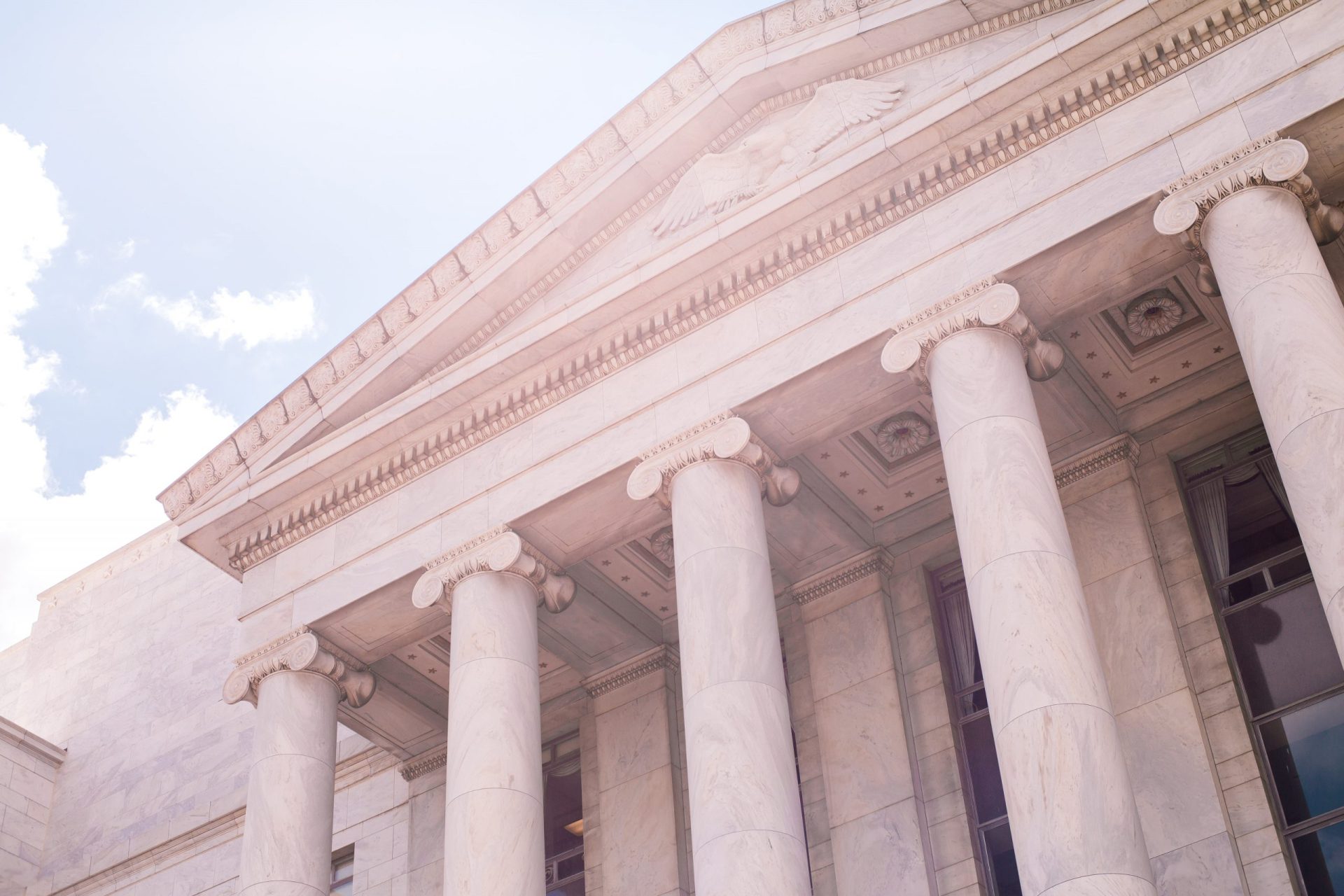16 Dec, 20
Central Bank Interest Rates in the 21st Century

Central bank interest rates have been present in human civilization for centuries, with the oldest known example in ancient Babylonian society around 2000BC. The moneylender profession was admirable in this time, with interest rates of 25% being commonplace, particularly if precious metals such as gold or silver were on the table. Although, operations were typically small-scale and privately run with very few examples of international transactions between neighbouring parties such as the Egyptians or Syrians. Between now and then, nominal interest rates have largely remained positive (albeit much lower) with the intent to stabilise the economy and retain dominion over a country or region’s financial system.
For much of the 20th century, governments experimented with low-rate policies to encourage spending and limit long-term savings, thus stimulating economic growth. While the nominal interest rate has remained positive, the real interest rate (nominal rate minus inflation rate) is negative across several countries. This forces rational consumers and businesses to inject their capital into the economy as opposed to saving it. However, the real beneficiary is the government as their borrowing power is significantly increased. This allows for greater government expenditure and debt. In the context of the 20th century, these low rates permitted governments to pay off their war debts and smooth economic downturns such as The Great Depression.
This practice has continued in the 21st century with governments increasing rates in times of economic prosperity and slashing in times of dwindling economic growth, on occasion to negative nominal rates. Following the Global Financial Crisis and now the Covid-19 market crash, the European Union and the US, alongside an array of other nations, have put ultra-low interest rates in place to further fuel growth. What will be the unintended consequences of this monetary policy strategy, and how might one hedge potential outcomes?
Current economic analysis
In June 2020, the International Monetary Fund (IMF) forecasted a -4.9% annual global economic growth rate. This sits 1.9 percentage points lower than the April forecast, further confirming that the recovery following the economic turmoil from Covid-19 lockdowns will be a slow process. Now in December 2020, many countries are facing second-wave lockdowns which will stunt economic recovery further. The ongoing global restrictions have had a devastating impact on the small business sector with a disproportionate effect on lower socio-economic groups, particularly in emerging markets, further reversing much of the progress that has been made to limit extreme poverty since the 1990s. This has been amplified in countries that have limited access to the same technological solutions as many developed nations.
Deloitte research has found that in the US, the ratio of public debt to GDP has risen from 84% in 2019 to 107% in 2020 so far. Many nations across Europe are also facing similar increases. One exception to the trend is China, which has seen a 3.2% increase in real GDP compared with the previous quarter. This was mainly driven by investment and exports (which saw a 21.1% increase in November compared with November 2019). As demand for Chinese products continues, the steady growth that their export and logistics industries are experiencing will likely continue, further positioning China to be the only major economy to experience positive real GDP growth by the end of 2020.
Why are negative central bank interest rates seen as the solution?
Interest rates have remained the backbone of monetary policy for centuries. Still, the efficacy of such policies have been overshadowed by alternate solutions in recent times, with helicopter money and quantitative easing seen as more viable options. While these policies have been effective in limiting downside, the increasing debt burden will have a serious impact on future generations. As such, the majority of governments are following the likes of Japan and the EU and turning focus to interest rate monetary policy to aid in economic recovery. As individuals, firms, cities and states begin to freefall into debt, the risk of widespread insolvencies is materialising. Negative interest rates pose the only head-on solution to credit issues alongside a debt moratorium, and Central Bank digital currencies. Arguably, negative interest rates are one of the very few ways to protect economies from a deflationary spiral into recession.
While negative rates are a sound solution in theory, commercial banks are often hesitant to pass on negative rates to consumers for fear of driving depositors away. This results in greater capital losses to the bank as they have greater exposure to loan defaults. Thus, in times of negative rates, commercial banks often tighten their lending policy to ensure heightened guarantee of return on investment. This ultimately limits borrowing for those that are in positions of financial stress and perhaps need it the most, which nullifies the perceived benefit for a large portion of the targeted consumers.
How will Central Bank Digital Currencies (CBDCs) impact this?
In an economy that wholly employs a CBDC, the impact and efficiency of monetary policy will drastically increase. Desired impacts will be achieved in shorter time frames, and interest rates will likely remain more constant. This would allow for reduced reliance on alternative monetary policies such as credit subsidies and quantitative easing while still ensuring that when required, they can be implemented faster. In the instance of severe economic downturns, it will allow for money to be deposited into the accounts of those who need it most directly by the government in partnership with the central bank. This is of particular importance to lower socio-economic households, as was seen recently in the US. While the government attempted to relieve some of the financial stress imposed by Covid-19 lockdowns through stimulus checks, the timeliness and cost of distribution rendered them practically useless. CBDCs would allow for more effective social, fiscal stimulus in a time of need.
What role does Bitcoin play?
Irrespective of whether CBDCs exist in the economy or not, bitcoin (BTC) is positioned for immense growth should negative rates persist. As the cryptocurrency was born out of recession, by design it thrives in times of economic uncertainty as is described in this Zerocap report. As BTC’s correlation continues to decouple from traditional assets, its value as a risk hedge and store of value are incomparable. Traditional means of achieving the aforementioned continue to be faced with the prospect of depreciation in the current economy, urging many to turn to alternatives. Similarly, negative rates push investors to seek alpha through other avenues, making BTC and the cryptocurrency market as a whole more enticing to those that seek passive capital growth.
In 2020, negative interest rates are widely regarded by the global economy as a meaningful way to encourage economic growth and limit unwanted side effects. With blockchain technology carving its way into the financial sphere, a detailed understanding of its potential may guide individuals who wish to insulate themselves from the potential shocks of the economic outlook ahead as potential ultra-low and negative rates shape it in short to medium term.
Like this article? Share
Latest Insights
Interview with Ausbiz: How Trump’s Potential Presidency Could Shape the Crypto Market
Read more in a recent interview with Jon de Wet, CIO of Zerocap, on Ausbiz TV. 23 July 2024: The crypto market has always been
Weekly Crypto Market Wrap, 22nd July 2024
Download the PDF Zerocap is a market-leading digital asset firm, providing trading, liquidity and custody to forward-thinking institutions and investors globally. To learn more, contact
What are Crypto OTC Desks and Why Should I Use One?
Cryptocurrencies have gained massive popularity over the past decade, attracting individual and institutional investors, leading to the emergence of various trading platforms and services, including
Receive Our Insights
Subscribe to receive our publications in newsletter format — the best way to stay informed about crypto asset market trends and topics.



 Share
Share  Tweet
Tweet  Post
Post 